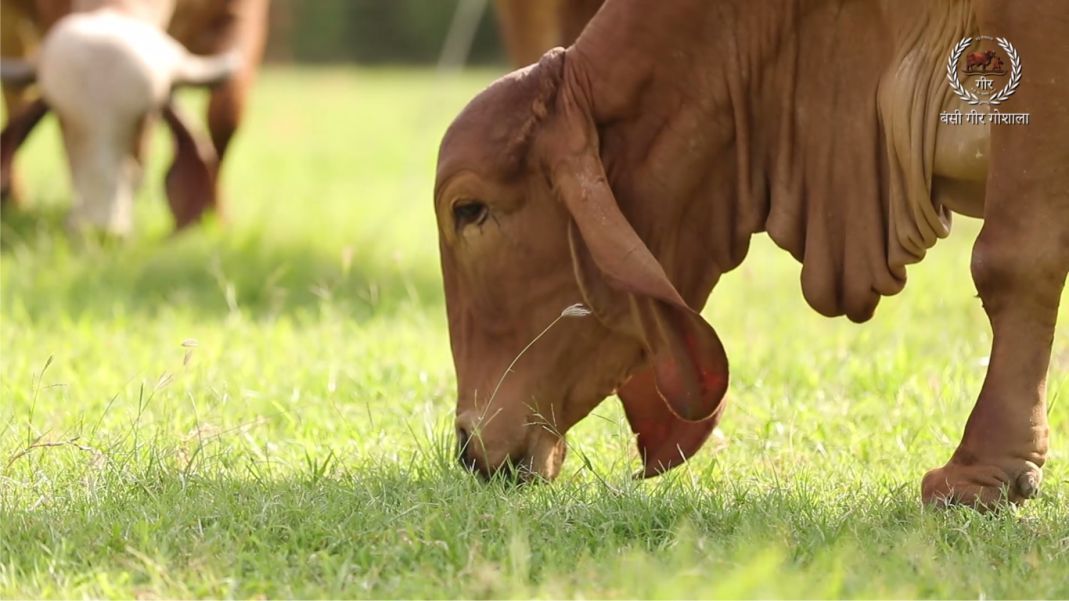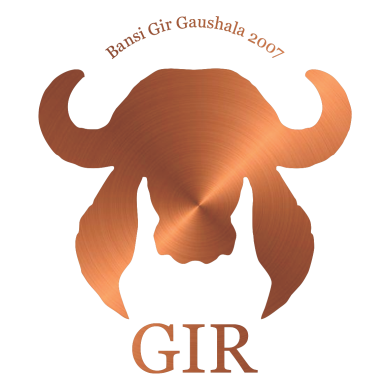By SOSE Organic & Natural
Expecting Woman vs Expecting Gaumata - is there a difference?
Since ancient times in various human civilizations across the world, when a woman is expecting or has just delivered a child, great care is taken to help her remain stress-free, happy and healthy. She is offered nutritious foods for her own as well as for the well-being of her child. In Bharatiya traditions, you would have observed special 'Aushadhiya' (herbal) sweets being prepared at homes for expecting Mothers to reduce the imbalance of the three doshas. She is read the 'Shastras' (scriptures) to hopefully provide the right 'Samskaras' to the developing fetus or the newborn baby. Special havans & pujas are undertaken to create the right spiritual environment for the baby's well-being. In ancient Bharat and other advanced civilizations like Greece, the expecting mother was surrounded by beautiful things to develop an advanced sense of aesthetics in the developing fetus. We must not forget that this is done not just for the expecting mother, but also for the well-being of her child. The child feeds on her Mother's milk and is also nourished by her love & attention. So caring for the Mother really helps the child to grow up and become a secure, happy and healthy individual.
Sadly, when it comes to looking after Gaumata ('Cow' as Divine Mother), humanity seems to forget the same principles. In the worst cases, Gaumata ends up looking for food in garbage dumps while Her milk ends up in urban households for consumption. Even after being the most intelligent animal species on Earth, we forget the fact that this ends up hurting our own Health as we drink the same Gaumata's milk. It is not just for religious or spiritual reasons but also for practical considerations that Rig Veda mentions thus, "We must regard the 'Cow' as our own Mother and serve Her to the best of our abilities, keeping her happy in every way". In fact, the Vedas go even further and accord a Divine status to Gaumata. When a Gaumata is looked after well, She becomes 'santusht' (satisfied) and 'prassann' (happy), and 'panchgavya' (milk, curd, ghee, gomutra, and gomay) of such Gaumata is regarded as being truly 'kalyankari' (beneficial) and 'mangalkari' (auspicious).
Caring for Gaumatas during Her pregnancy and beyond...
Vedic Gopalan is really about looking after Gaumata from the highest spiritual consciousness and following a set of protocols for the best spiritual, subtle and physical benefits. We have written about this extensively earlier (see the article 'The long journey that leads to the creation of Gir Ahinsak Gau Ghee') while detailing the practices at Bansi Gir Gaushala. In general, from a very practical point of view, Vedic Gopalan is not much different from humanity's approach towards Motherhood in general. Practices such as 'dohan' (where the calf can have a fair share of milk), not getting rid of older non-lactating or male Gomatas who do not give milk and undertaking daily havans help to keep the Gaumatas satisfied and happy. In this blog, we shall detail the dietary aspects of looking after Gaumata.
Gaumata's diet - why are purity & variety so important?
Just as it is impossible for any two human beings to eat exactly the same quantity and quality of foods, no two Gaumata's are the same in their dietary preferences. What and how much each Gaumata eats is a function of a variety of factors that includes her current health, age, etc. However, in general, Gaumatas need a daily diet of 30-40 Kg of foods on average. In ancient times, Gaumatas had access to a wide and rich variety of dense green forests and grasslands to feed on. Much of this vegetation was inaccessible to human beings as we cannot easily digest plant foods like grass, plant stems, roots, etc. But through Her milk, these nutrients also became available to us. Ancient grazing fields also had plants of medicinal values, which Gaumata would feed on depending upon Her intuition and perception.
However, as we entered the modern age, these forests and grasslands have been lost. In the current scenario, in extremely rare cases and localities do Gaumatas have access to such grazing fields. As a result, farmers and dairy owners need to purchase foods for Gaumata. Even those Gaumatas who are "grass-fed" tend to graze on fields that lack a good variety to feed on. In worse cases, these grasslands are often prepared with grass varieties that are genetically modified or prepared using synthetic fertilizers and chemicals. All this affects the purity and richness of Gaumata's nutrition. And, as a result, we end up consuming milk products that lack the energy and vitality that is described in Ayurveda. The exploitative nature of modern dairy practices and cheaper quality foods given to Gaumata has resulted in a proliferation of diseases. This has prompted an entire movement of 'veganism' which goes beyond vegetarianism to exclude any kind of dairy from the diet with proponents of this movement highlighting the health benefits of doing so.

Foods that Gaumatas relish - Bansi Gir Gaushala shows the way...

